Choosing the right cross-country ski length can make or break your time on the snow. Here's the quick takeaway:
- Classic Skiing: Add 8–12 inches to your height (or about 20–30 cm).
- Skate Skiing: Add 4–6 inches (10–15 cm).
- Short Skis (like Snowfeet): A fixed 35 inches (90 cm) for ease and control, no math needed.
Shorter skis are easier to handle, perfect for beginners or those who want more control. Longer skis offer better glide and stability, ideal for experienced skiers or those chasing speed. Snowfeet short skis simplify things with a one-size-fits-most approach, focusing on maneuverability and fun.
Your height, weight, skill level, and skiing style all matter when picking the right ski. Let’s break it down further below.
How To Size Cross Country Skis
What Determines Cross-Country Ski Length
When it comes to picking the right cross-country ski length, a few key factors come into play. Snowfeet* short skis make things easier with their universal design, but for traditional skis, there’s a bit more to consider.
Height and Weight Guidelines
Your weight plays a bigger role than your height when choosing skis because it impacts the ski’s flex. Flex affects how well your skis glide and how much control you have on the snow[2]. While height is still part of the equation, weight ultimately determines how stiff or flexible the skis need to be.
Brands like Rossignol, Atomic, and Head use detailed formulas combining height and weight. For classic skiing, the general rule is to add 15 to 20 cm to your height. But weight and skill level also factor in[3].
Here’s how the math works in imperial units:
- Classic skiing: Multiply your height in inches by 2.6, then add 15 to get the approximate ski length.
- Skate skiing: Multiply your height in inches by 2.6, then add 5 for the right size.
Most adult skate skis are available in 5 cm increments, ranging from 171–191 cm (67–75 inches). Classic skis, on the other hand, range from 181–206 cm (71–81 inches)[2]. If your measurements leave you between two sizes, beginners should lean toward the shorter option[3].
Snowfeet* short skis, however, skip all these calculations. Their 35-inch (90 cm) length is designed for easy maneuvering rather than maximum glide, making them a simple choice for anyone[4][5].
Your skill level also plays a big role in determining the right ski length.
Skill Level Considerations
For beginners, shorter skis are a great way to build confidence. They’re easier to balance on and control, so you don’t have to worry as much about speed or stability[4][7]. Traditional long skis, while great for experienced skiers, can be tricky for newcomers. They require more strength and technique, especially when turning or navigating tight spots.
Advanced skiers, though, can still appreciate the versatility of short skis. They’re perfect for tricks, jumps, and quick maneuvers on challenging terrain[5][7]. Snowfeet* short skis strike a balance - they’re forgiving enough for beginners but still offer the responsiveness that experienced skiers need for a playful and dynamic ride.
Beyond skill level, the type of skiing you enjoy also influences the best ski length.
Skiing Style: Classic, Skate, or Touring
Traditional skis for classic, skate, and touring styles typically range from 67 to 83 inches[2]. These longer skis prioritize stability and smooth gliding. But if agility is what you’re after, Snowfeet* short skis are a game-changer. At just 35 inches, they’re built for quick turns, technical trails, and handling varied terrain with ease[6][7]. Plus, they adapt well to all kinds of skiing - whether you’re into classic, skate, or touring styles[7].
With Snowfeet*, you get a flexible, easy-to-use option that suits different skill levels and skiing preferences. It’s a modern twist on traditional cross-country skiing.
Long Skis vs Short Skis: Key Differences
Following our sizing guidelines, let’s dig into the practical differences between long and short skis. Each serves a distinct purpose, and the choice often boils down to personal preference and skiing style. Brands like Rossignol, Atomic, and Head have long been synonymous with high-speed stability and performance in tough conditions. On the other hand, Snowfeet* short skis bring a fresh perspective, offering a more accessible and fun skiing experience. Below, we’ll break down the pros and cons of each option.
Long Skis: Benefits and Drawbacks
Long skis, typically over 67 inches (170 cm), have been the go-to for decades, especially for advanced skiers. They shine when it comes to stability at high speeds and gripping on hard-packed snow. This makes them perfect for ungroomed trails and aggressive, high-speed skiing. Heavier skiers or those with more experience often appreciate these features.
That said, long skis aren’t without their challenges. Their size can be cumbersome, making them harder to store, transport, and handle - especially for beginners or casual skiers. They can also feel bulky for everyday recreational use, which might be a turnoff for some.
Why Snowfeet* Short Skis Work Better
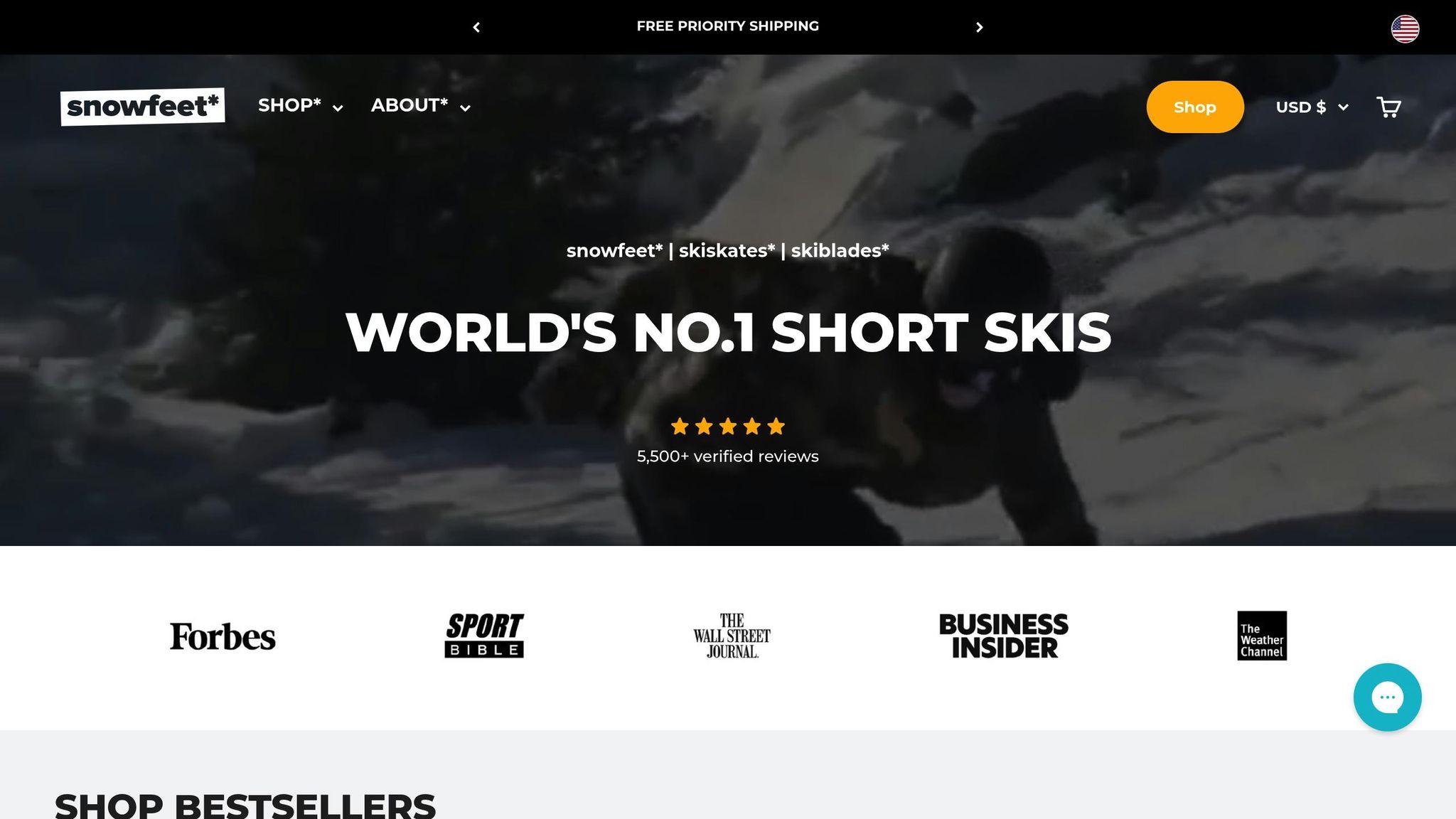
Snowfeet* short skis, at just 35 inches (90 cm), tackle many of the issues that come with traditional long skis. Their compact size makes them incredibly easy to control, allowing skiers to navigate tight spots like moguls, tree runs, and terrain parks with ease. Beginners especially benefit from their forgiving nature, which speeds up the learning process.
The lightweight design also means less physical effort, so you won’t feel as drained after a day on the slopes. Plus, they’re versatile enough for various activities - whether you’re hitting groomed runs, cross-country trails, or freestyle parks. And let’s not forget the practical perks: they’re easy to pack, transport, and store, which makes life a whole lot simpler.
Side-by-Side Comparison: Snowfeet* vs Long Skis
| Feature | Snowfeet* Short Skis | Traditional Long Skis |
|---|---|---|
| Length | 35 inches (90 cm) | 67–83 inches (170–210 cm) |
| Weight | Lightweight; fits in a backpack | Heavier; requires ski bags |
| Learning Difficulty | Beginner-friendly; forgiving | Steeper learning curve |
| Maneuverability | Agile; quick turns | Less agile in tight spaces |
| Terrain Suitability | Parks, groomed runs, cross-country | Best for ungroomed, high-speed conditions |
| Physical Effort | Low effort; less tiring | More physically demanding |
| Portability | Easy to transport and store | Challenging to store/transport |
| Speed Stability | Moderate at high speeds | Excellent at high speeds |
| Freestyle Capability | Great for tricks and jumps | Limited freestyle potential |
This side-by-side breakdown highlights why short skis, like Snowfeet*, are gaining popularity. While long skis still dominate in high-performance scenarios, short skis offer unmatched ease of use, portability, and versatility. Whether you’re a beginner or just looking for a more relaxed skiing experience, Snowfeet* short skis deliver on all fronts. They bring the kind of flexibility and convenience that make skiing more enjoyable for everyone.
sbb-itb-17ade95
Ski Length by Experience Level
Your skiing experience plays a big role in determining the right ski length for you. While brands like Rossignol and Atomic often emphasize longer skis for performance, most skiers - especially beginners - will find shorter skis more manageable and better suited to their skill level.
Beginners: Go Short for Easier Control
If you're just starting out with cross-country skiing, look for skis under 47 inches (120 cm). These shorter skis are much easier to handle and control, making them perfect for learning the basics [9]. For example, the Snowfeet* NORDIC Cross-Country Skate Skis, which measure just 35 inches (90 cm), are a great option.
Short skis like these make learning faster and less physically demanding. They help you stay balanced, make tighter turns with confidence, and adapt quickly to different terrains [9]. Unlike traditional long skis from brands like Head or Elan, shorter skis keep your center of gravity steady, which is a huge plus for beginners. Plus, they work well on groomed trails, gentle slopes, and even in mixed snow conditions, so you can grow your skills without needing to upgrade your gear too soon [9].
"Short skis are highly maneuverable, making them perfect for navigating tight spaces such as moguls or terrain parks. They are easy to turn which helps to navigate through tricky terrain with confidence." - Snowfeet Team [8]
Experienced Skiers: Precision and Agility
For seasoned skiers, shorter skis offer a new level of agility and control. As you progress, the focus often shifts from pure speed to mastering sharp turns and tackling more challenging terrain. Snowfeet* short skis make it easier to execute quick, precise movements, whether you're carving through tree runs or navigating terrain parks [6].
Their lightweight design also makes uphill climbs less exhausting, so you can save your energy for the downhill fun. And if you're into freestyle skiing, shorter skis are perfect for experimenting with tricks and adding a playful edge to your runs.
Kids and Teens: Keep It Safe and Simple
For young skiers, safety and confidence are the top priorities. Shorter skis are much easier for kids to control, reducing momentum and making it simpler to stop [7].
Snowfeet* Mini Ski Skates, measuring just 15 inches (38 cm), are a fantastic choice for young beginners [10]. These ultra-short skis are less intimidating than traditional long ones, helping kids feel more at ease while learning [11]. They also encourage better balance and coordination, giving kids a solid foundation as they progress [11]. Adjustable bindings on many models allow for growth, so you won’t need to replace them as quickly [11].
For different age groups, beginners do best with skis around 26 inches (65 cm), while older kids can handle lengths between 39 and 47 inches (99–120 cm) for extra stability [11]. Always prioritize safety gear like helmets, and start kids on gentle slopes while teaching them the basics of stopping, turning, and speed control [11].
Sizing Charts and Fitting Tips
Picking the right ski length doesn’t have to be complicated. Unlike the detailed sizing charts from brands like Rossignol or Atomic, Snowfeet* keeps things straightforward with a universal approach.
Snowfeet* Size Guide
With Snowfeet*, it’s all about shoe size compatibility - no need to stress over height or weight calculations. Most models are designed for shoe sizes 6-13 US (or 38-47 EU), making them a great fit for most adults [1]. If your shoe size is smaller, the Snowfeet* Mini is the way to go [1].
The adjustable bindings on Snowfeet* work with various footwear options, including snowboard boots, ski boots, or even waterproof winter shoes [1]. For smaller shoe sizes, snowboard boots are often the best choice for a snug fit [1].
Here’s a tip: adjust the bindings at home before hitting the slopes [1]. For smaller boots, you can use a different hole on the strap and tweak the bindings with a screwdriver. If you’ve got larger snowboard boots, swap out the front toe straps with the extra straps included in the package [1].
Now, let’s see how this simplicity compares to traditional ski sizing methods.
Standard Ski Sizing Charts
Conventional ski sizing is a bit more involved. Most brands use charts that factor in your height, weight, and skill level to recommend a ski length - usually somewhere between your chin and the top of your head [12].
| Skier Height | Suggested Traditional Ski Lengths |
|---|---|
| 4'4" (132 cm) | 115-130 cm |
| 5'0" (152 cm) | 135-155 cm |
| 5'4" (163 cm) | 150-170 cm |
| 5'8" (173 cm) | 160-180 cm |
| 6'0" (183 cm) | 170-190 cm |
| 6'4" (193 cm) | 180-200 cm |
For kids, it gets even trickier. Their charts take into account age, height, and weight, with ski lengths ranging from 70-160 cm depending on the child’s growth stage [12].
As you can see, traditional sizing can be a bit of a headache. That’s why testing your skis is so important.
How to Test Skis Before Buying
Trying out skis before you buy them is always a smart move. Snowfeet* makes this process much simpler than traditional long skis. Since most ski resorts allow Snowfeet* and similar short skis on the slopes [1], you can test them in real skiing conditions.
Testing at home is another big plus with Snowfeet*. You can adjust the bindings to fit your boots before heading out [1]. If you’re buying from a store, check their return policy - many shops also let you demo used gear. But with Snowfeet*, the learning curve is so quick that you’ll likely feel confident after just a few runs.
For the best experience, stick to groomed snow when testing Snowfeet* [1]. If you’re into powder skiing, consider the Snowfeet* PRO. These are specially designed for powder and ungroomed terrain, featuring metal ski edges for better control and braking [13].
The adjustable bindings on Snowfeet* give you the flexibility to fine-tune the fit, even if it’s not perfect right away. This adaptability takes much of the stress out of ski shopping, unlike traditional skis where the wrong length can seriously affect your performance and enjoyment.
Conclusion: Simple Ski Selection with Snowfeet*
Picking the right ski length doesn’t have to feel like solving a math problem. While traditional brands rely on complicated charts that factor in height, weight, and skill level, Snowfeet* takes a much simpler approach. Their universal sizing method works for most adults, making ski selection straightforward and stress-free.
Snowfeet* products consistently earn top ratings across their lineup [9], and for good reason. Their design eliminates the headaches of traditional ski sizing, offering a reliable and user-friendly experience.
Unlike conventional long skis, Snowfeet* short skis are lightweight, portable, and easy to handle. They’re designed to enhance control and make learning faster, no matter your skill level [9]. With options ranging from compact skiskates under 50 cm to skis up to 120 cm [9], they provide an enjoyable and intuitive way to hit the slopes. It’s all about maneuverability and making skiing accessible for everyone.
Why wrestle with sizing charts when you could be skiing with confidence? Many skiers agree that short skis are ideal for beginners [14], and this belief is at the heart of Snowfeet*’s design philosophy. Starting at just $150, their versatile gear performs well on a variety of terrains - all without the physical demands of traditional long skis [9].
So, if you’re looking for simplicity and fun on the slopes, Snowfeet* has you covered. Skip the hassle, grab your gear, and get ready for a smooth ride down the mountain.
FAQs
How do I pick the right cross-country ski length if I fall between sizes?
If you’re stuck between sizes when picking cross-country skis, go for the shorter option. Why? Shorter skis are easier to handle and more forgiving, which makes them a great choice for beginners or those who ski casually. On the other hand, if you’re an experienced skier, you might prefer slightly longer skis for better speed and glide - just keep in mind you’ll lose a bit of maneuverability.
That’s where Snowfeet’s 90 cm Nordic Cross-Country Skate Skis come into play. Unlike the long, traditional skis from brands like Rossignol or Atomic, Snowfeet’s shorter design offers incredible control and flexibility. These skis are perfect for everyone, from newbies to seasoned pros. Plus, they take the guesswork out of sizing, so you can hit the trails with confidence and skip the headache of precise measurements.
What makes Snowfeet short skis better than traditional long skis?
Snowfeet short skis are a breath of fresh air for anyone who finds traditional long skis a bit overwhelming. They’re light, easy to handle, and incredibly adaptable. Unlike the bulkier options from brands like Rossignol or Atomic, these compact skis are built for quick, precise movements. That makes them an awesome choice for beginners, casual skiers, or anyone wanting a fun and less intimidating way to hit the slopes.
Their smaller size isn’t just about convenience; it also means they’re easier to control in tighter spots. Whether you’re navigating groomed trails, icy patches, or fresh powder, Snowfeet skis perform like a dream. They’re great for tricks, too! And here’s the kicker: you don’t need to splurge on special ski boots. These skis attach right to your regular winter shoes, making them super portable and hassle-free. If you’re looking for a simpler, more flexible way to enjoy winter sports, Snowfeet short skis are worth checking out.
Can I use Snowfeet short skis for styles like classic, skate, or touring cross-country skiing?
Snowfeet short skis are all about freestyle fun and casual snow adventures. Think of them as a playful alternative to traditional skis or snowboards. They’re super compact, lightweight, and come with snowboard-style bindings that fit most winter boots. This makes them incredibly easy to use and a great option for a wide range of people, whether you’re a beginner or just looking for something different on the slopes.
That said, they’re not designed for the technical demands of classic, skate, or touring cross-country skiing. Those styles typically need longer skis and specialized bindings to perform properly. If your goal is freestyle or recreational skiing with plenty of control and versatility, Snowfeet short skis are a solid pick. But for traditional cross-country skiing, you’d be better off with longer skis from brands like Rossignol or Atomic.

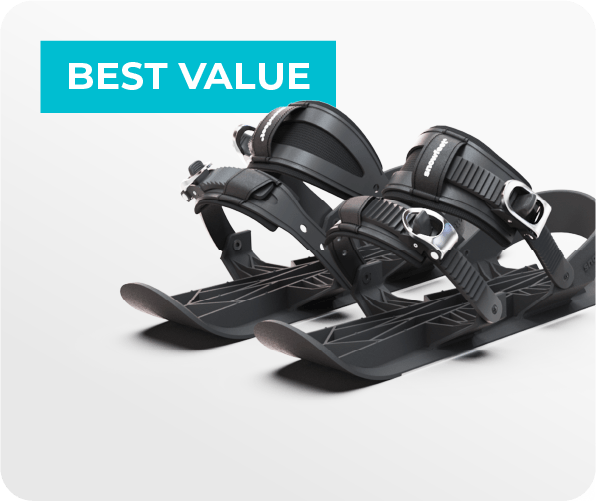
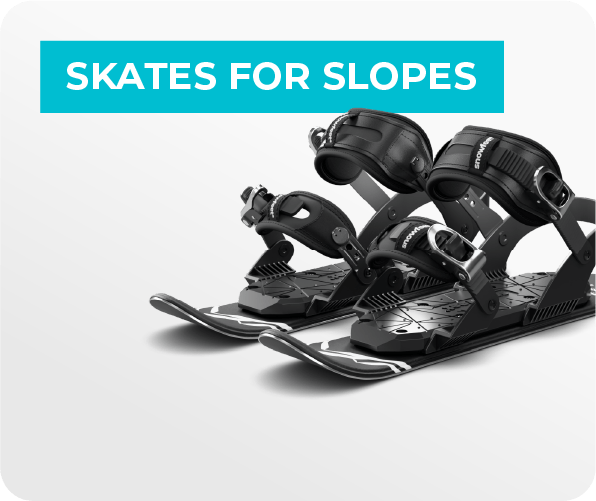
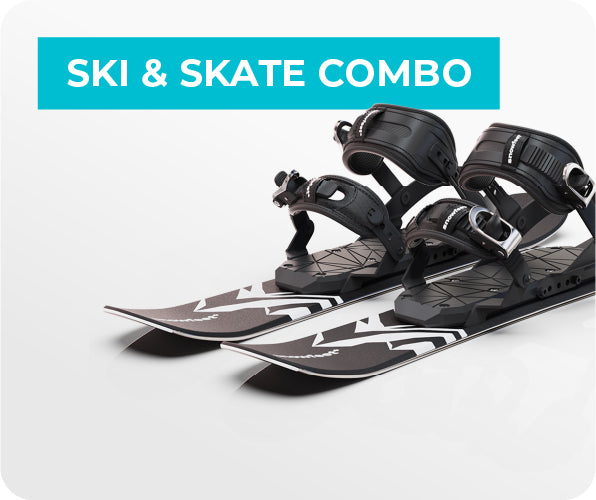
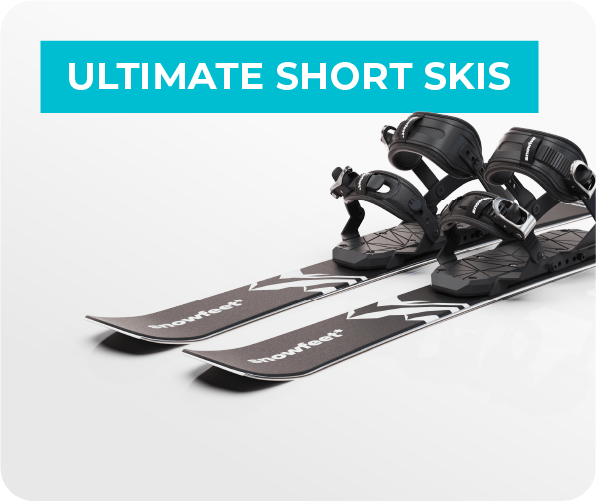
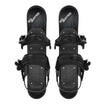
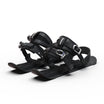
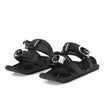
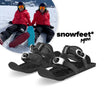
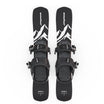
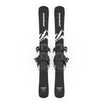
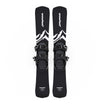
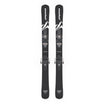
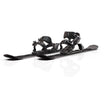
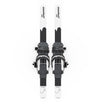
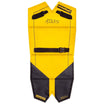
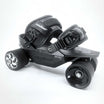
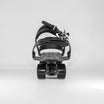
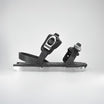
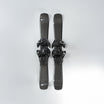



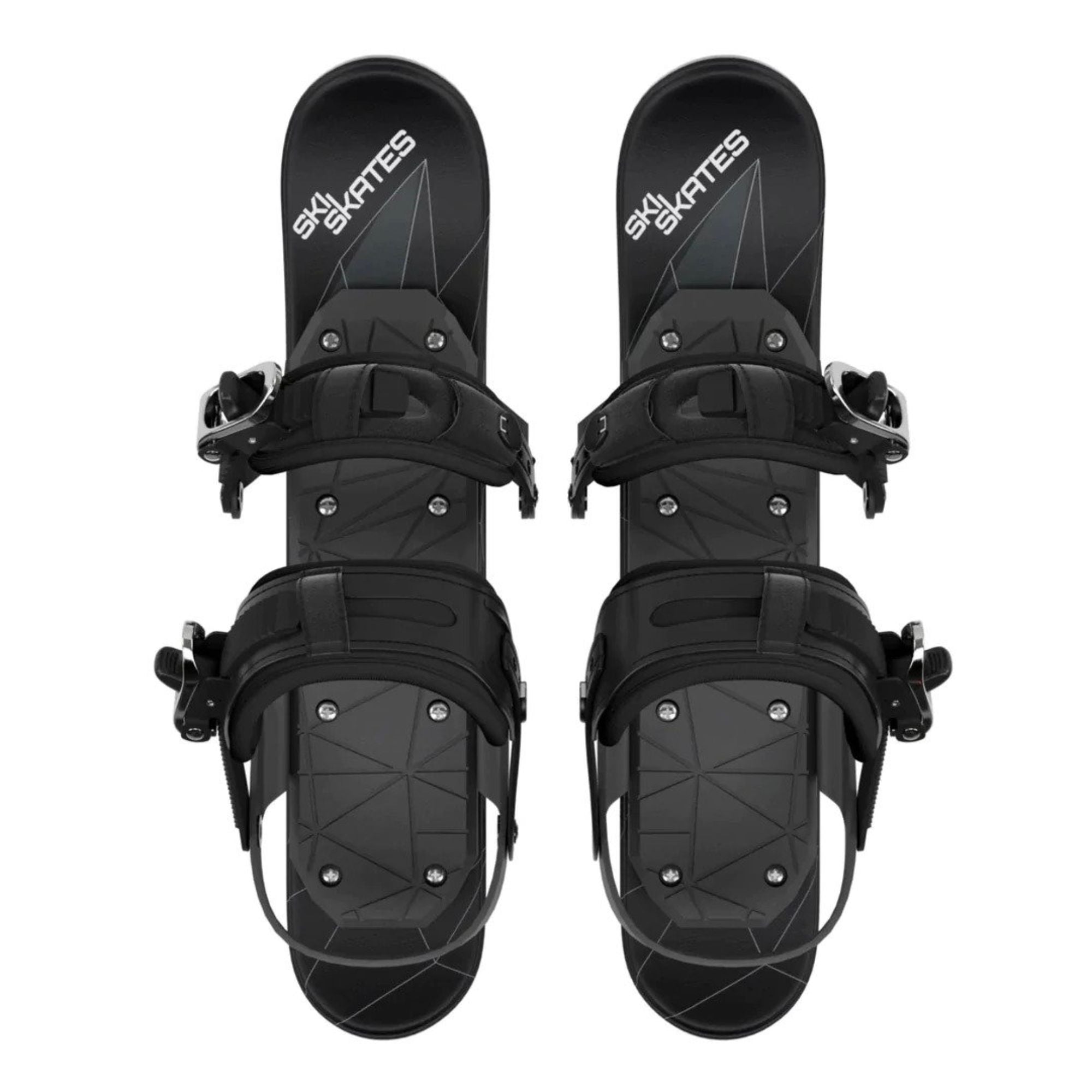
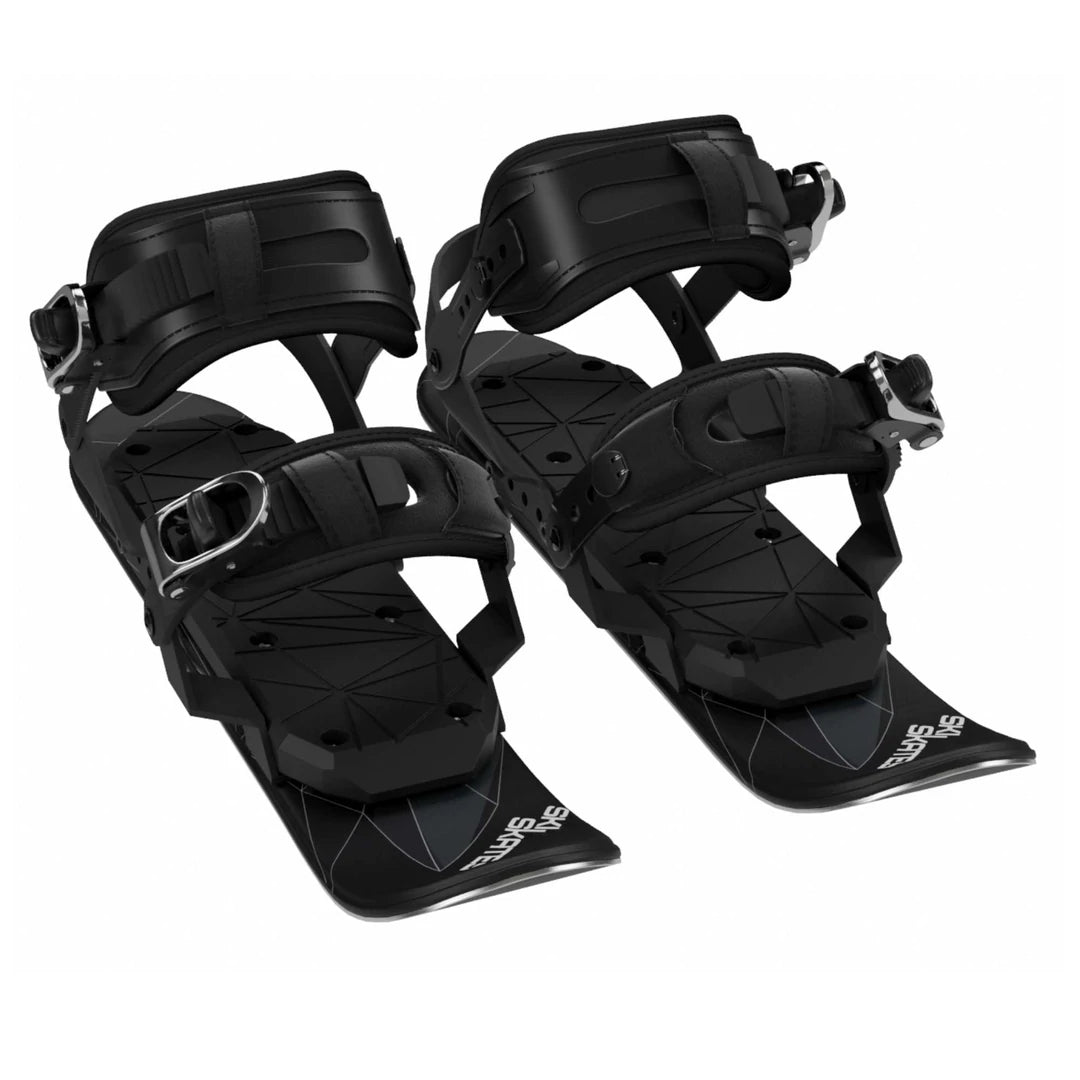
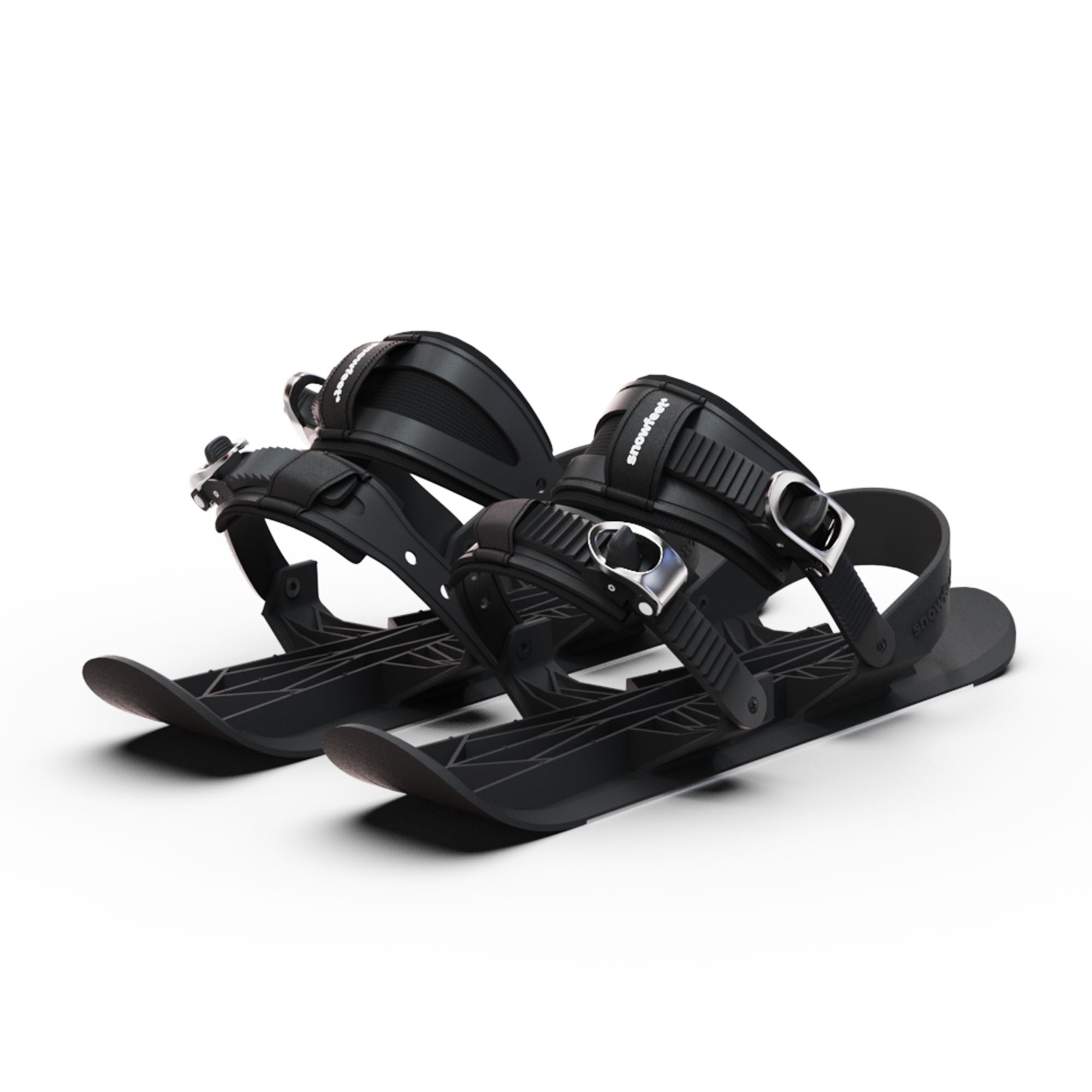

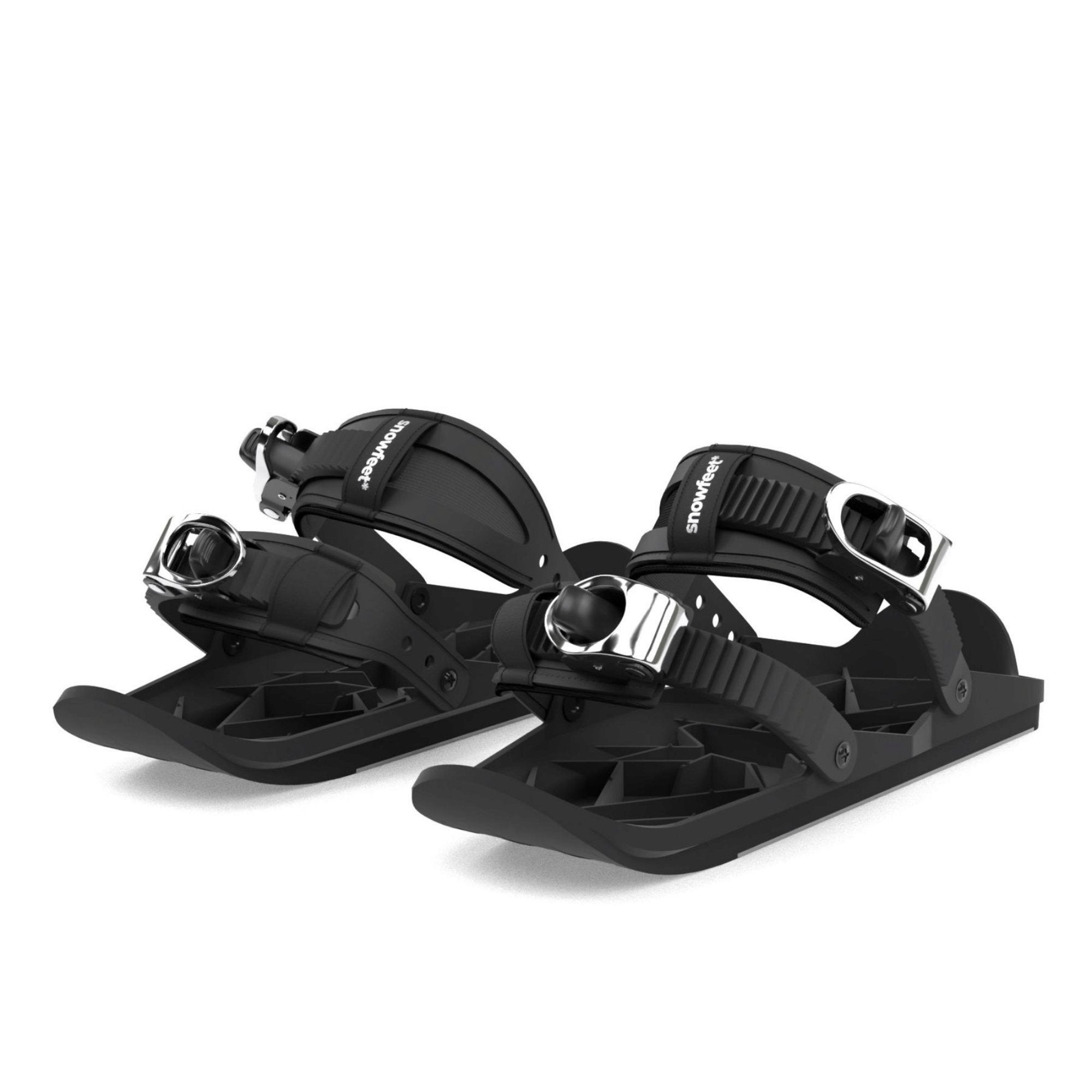

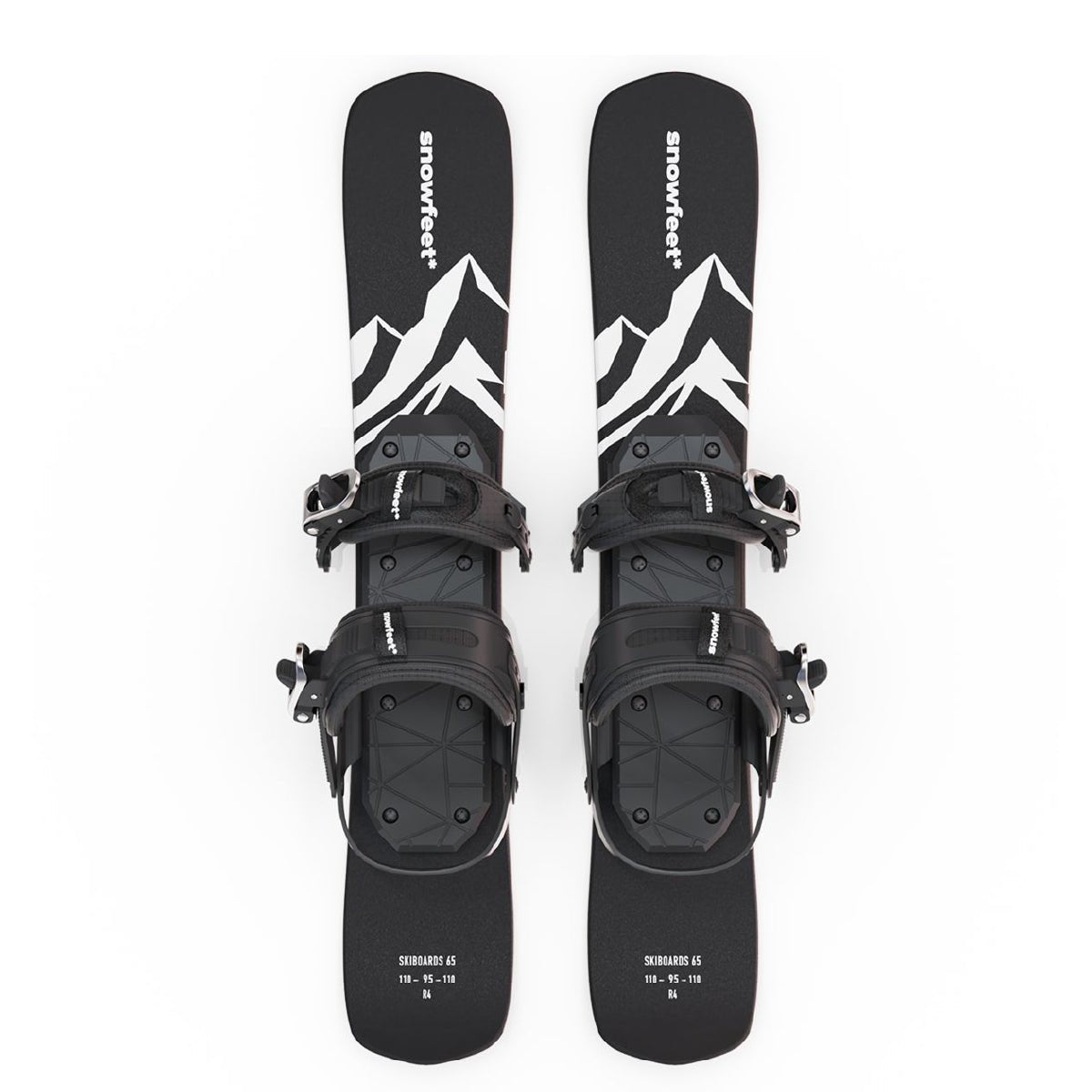
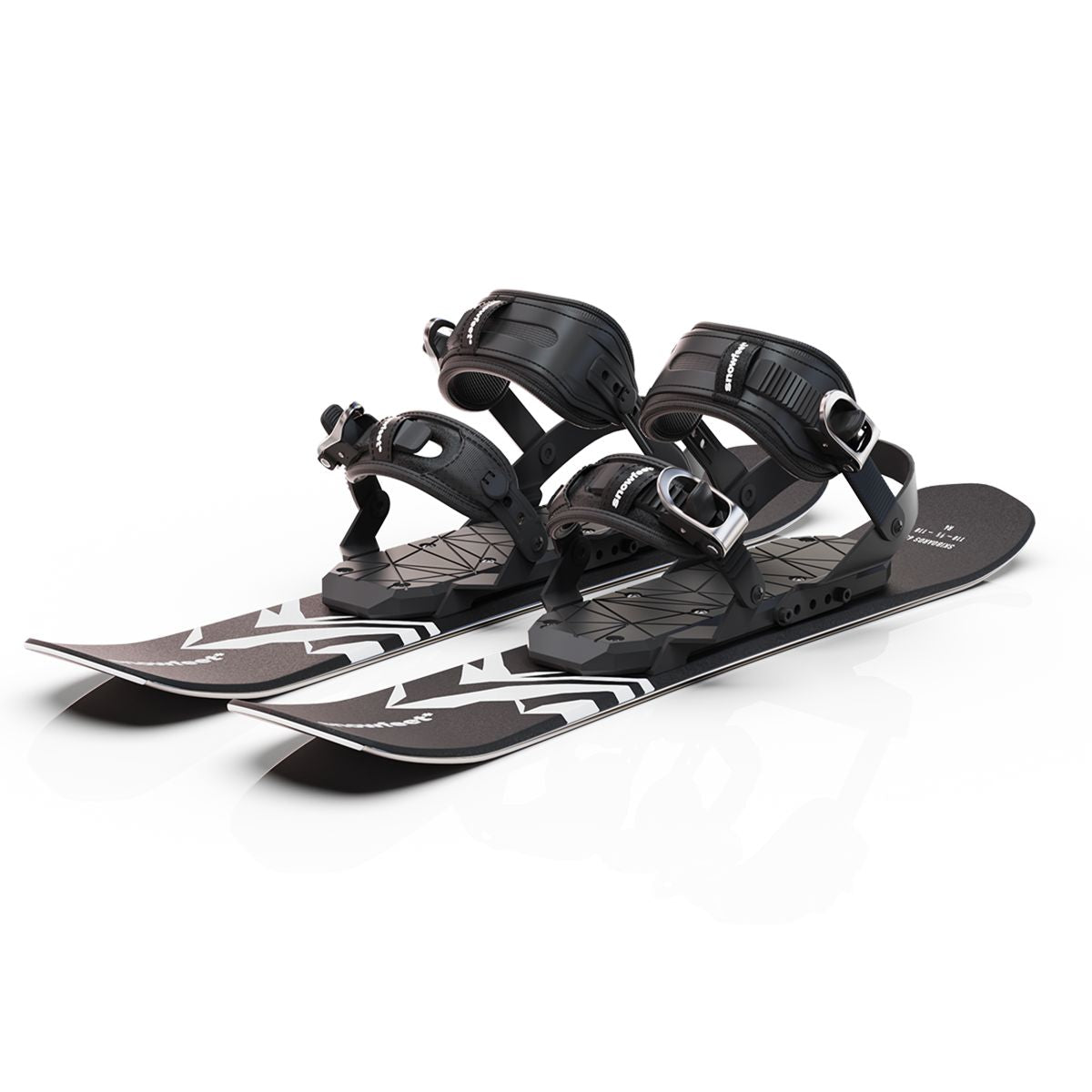
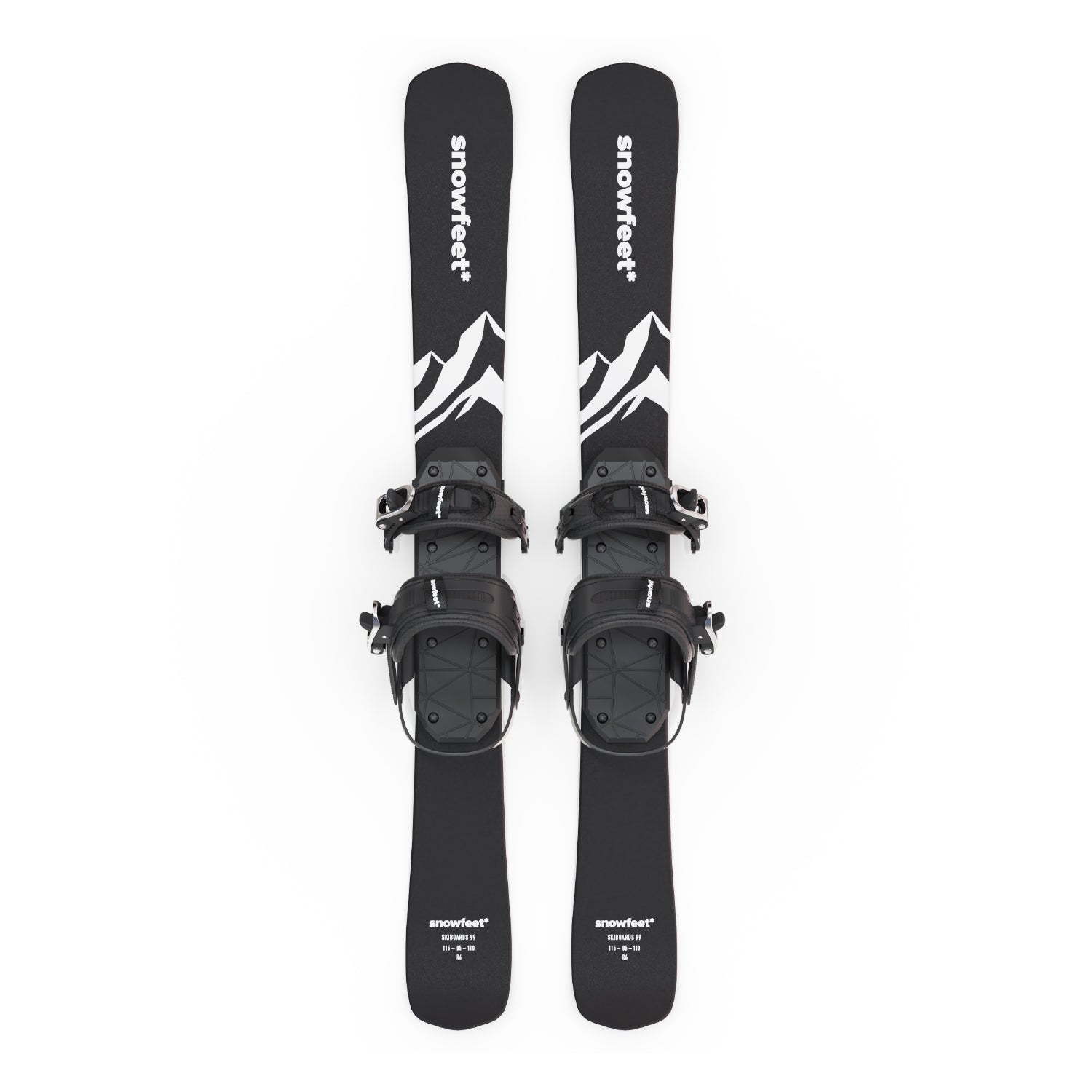
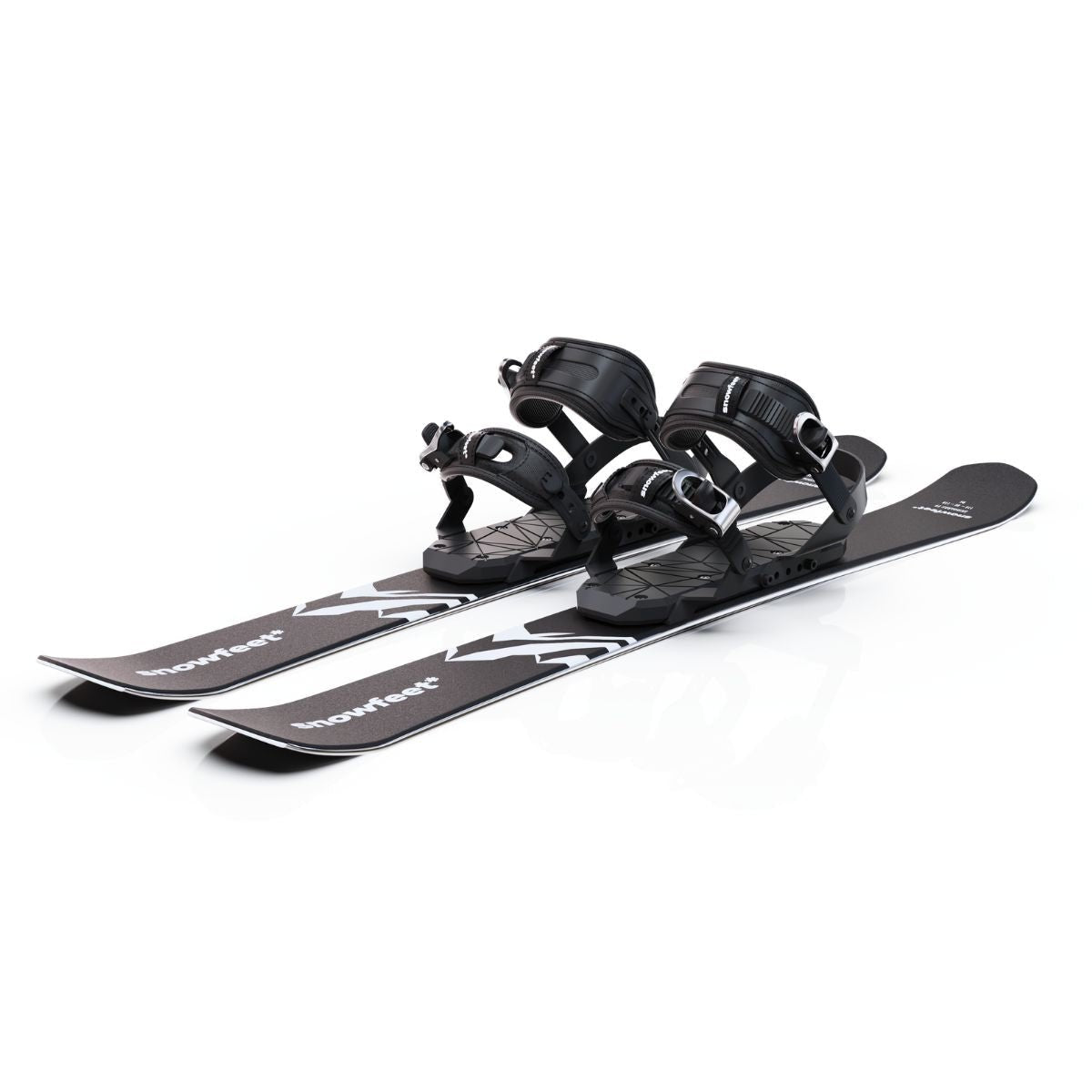
Leave a comment
This site is protected by hCaptcha and the hCaptcha Privacy Policy and Terms of Service apply.